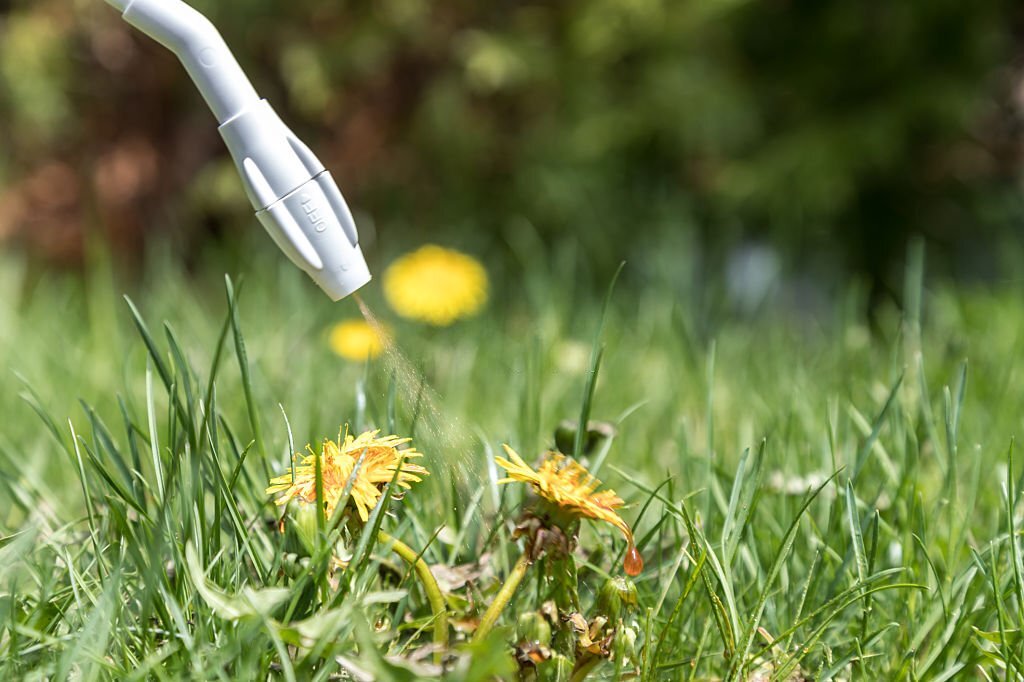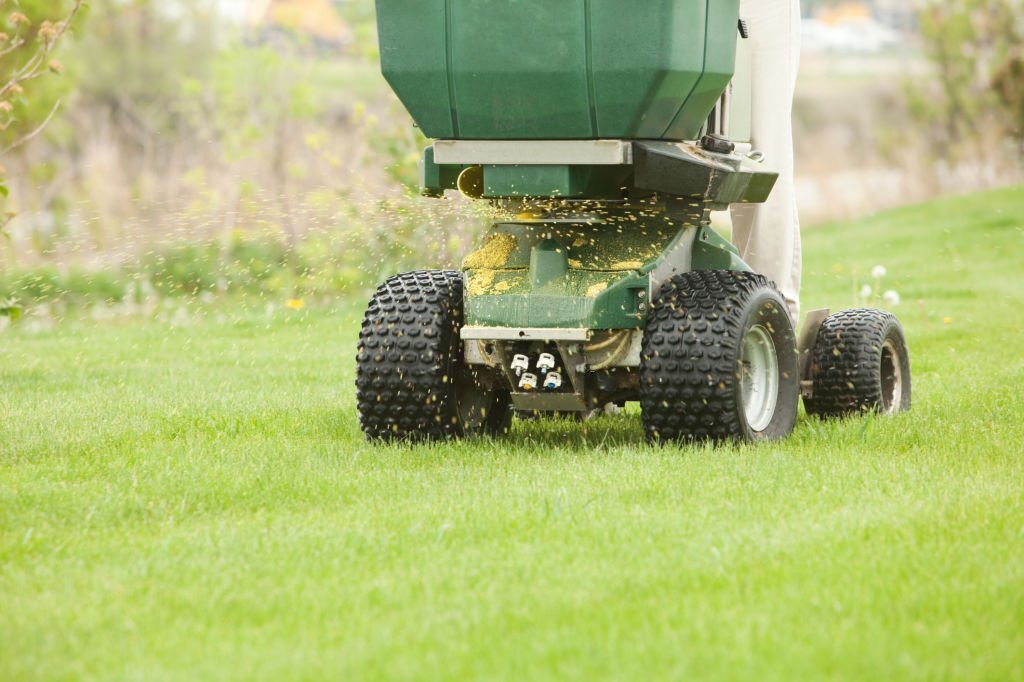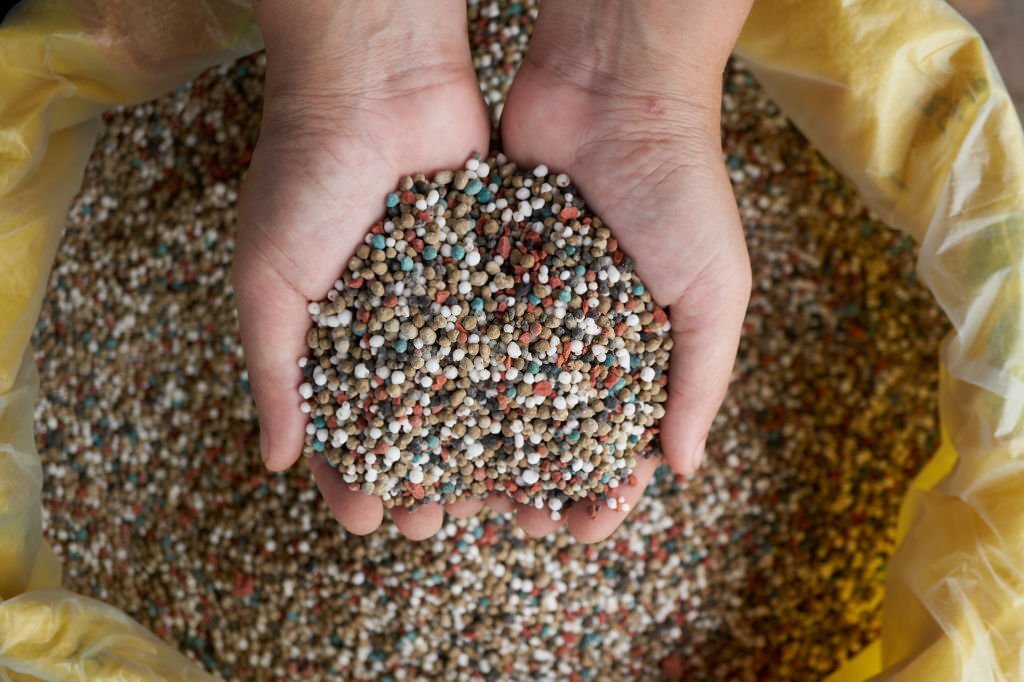The Best Time For Weed Control & Fertilization For Your Lawn
Introduction: A lush, green lawn is the dream of many homeowners, but achieving that dream requires proper care, especially when it comes to weed control and fertilization. Timing is everything. Applying treatments at the right time of year can significantly impact how effectively weeds are managed and how well your grass grows. Understanding the best times for weed control and fertilization will help you maintain a healthy, vibrant lawn throughout the seasons.
Understanding Seasonal Lawn Care Timing
The Role of Timing in Weed Control
Weeds compete with grass for essential nutrients, water, and sunlight. Controlling them requires a strategic lawn care approach based on seasonal growth patterns. Pre-emergent herbicides, which prevent weeds before they sprout, are best applied in early spring before temperatures rise. This targets common invaders like crabgrass before they have a chance to take root. For post-emergent weed control, summer and early fall are ideal for tackling weeds that have already emerged, as these treatments work best when weeds are actively growing.
Fertilization and Grass Health
Fertilization is just as important as weed control in maintaining a healthy lawn. The best time to fertilize depends on your grass type. Cool-season grasses, such as fescue and bluegrass, benefit from early spring and fall fertilization, while warm-season grasses, like Bermuda and St. Augustine, should be fertilized in late spring and summer when they are actively growing. The right fertilizer application at the right time strengthens the root system, making your lawn more resistant to weeds and environmental stressors.

Spring: The Best Time for Pre-Emergent Weed Control and Early Fertilization
Preventing Weeds Before They Start
Spring is the season for pre-emergent herbicides. Applying a pre-emergent treatment in early to mid-spring prevents annual weeds, like crabgrass and dandelions, from germinating. Timing is crucial—applying too late means weeds will already have sprouted, making them harder to control.Early Spring Fertilization for Strong Growth
Early spring fertilization gives your lawn a boost after winter dormancy. However, using the right type of fertilizer is key. A slow-release nitrogen fertilizer provides steady nutrition to grass, helping it grow thick and strong. This early feeding helps grass outcompete weeds naturally, reducing the need for additional herbicide applications later.
Summer: Tackling Weeds and Maintaining Lawn Health
Controlling Weeds in Warmer Months
By summer, some weeds may still break through despite spring treatments. Post-emergent herbicides work best during this time, targeting actively growing weeds like clover and broadleaf weeds. Spot-treating problem areas rather than applying herbicides across the entire lawn helps prevent unnecessary chemical exposure and stress to healthy grass.
Summer Fertilization for Warm-Season Grasses
Warm-season grasses reach peak growth during summer, making it the best time to fertilize them. A well-balanced fertilizer with nitrogen, phosphorus, and potassium helps maintain color and density even in the heat. Proper watering also plays a role in ensuring nutrients are absorbed effectively and preventing stress-induced weed invasions.
Fall: Strengthening the Lawn for the Next Season
- Weed Control Before Winter
Fall is a crucial season for both weed control and fertilization. Many weeds prepare for winter by storing energy in their roots, making fall an ideal time to apply post-emergent herbicides. These treatments effectively kill weeds before they become a bigger problem in the spring.
- Late-Season Fertilization for Resilient Grass
A final round of fertilization in late fall helps lawns recover from summer stress and prepares them for winter dormancy. Using a high-potassium fertilizer strengthens root systems, making the grass more resilient to cold temperatures and reducing weed competition in the coming months.

Conclusion
Achieving a healthy, weed-free lawn requires proper timing of both weed control and fertilization. Spring is the best time for pre-emergent weed control and early fertilization, while summer treatments focus on post-emergent weed removal and supporting warm-season grass growth. Fall plays a crucial role in strengthening lawns before winter dormancy, with late-season fertilization ensuring resilience against seasonal stress. By following these seasonal guidelines, you can maintain a lush, vibrant lawn year-round and keep unwanted weeds at bay. Get in touch with us for more information and help.

“I've been dealing with Greenway for several years now and their work has always been exemplary! They took over my weed control and the results have been night and day compared to the treatments I attempted on my own (and for an incredibly reasonable price)”

“Greenway Lawn Care is a fabulous company!! Michael and his staff always contact me before they do my yard and do it to my specifications, taking care to remember my dog in the back yard. The applications are done in a timely fashion and, most of all, our yard looks fantastic!!”

“Greenway has been great to work with on my lawn treatments. My yard consistently looks healthy. They do a great job of spotting any issues and providing a solution. Always professional and courteous. I highly recommend it.”

“I cannot say enough great things about Greenway Lawn Care! Michael Cowan, the owner and operator, is truly a professional who goes above and beyond to ensure exceptional service.”

“Michael and his crew do a great job keeping my yard weed free and nourished. His extra care in helping me when needed is great.”
SERVICES
Lawn Care
Weed Control
Fertilizer
Lawn Services
Shrub Fertilization
Commercial Lawn Treatments
Ant control
Lawn Treatment Programs
SERVICE AREAS

"*" indicates required fields
 (205) 842-4436
(205) 842-4436 info@greenwaylawncareal.com
info@greenwaylawncareal.com